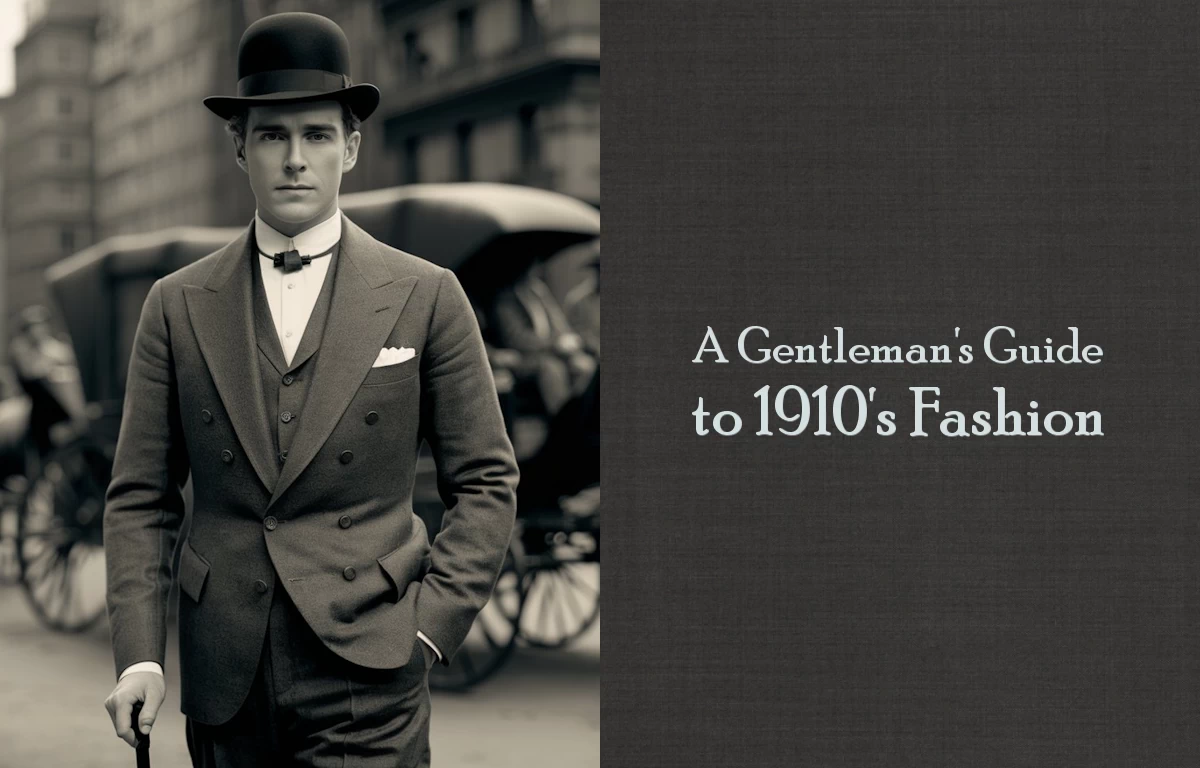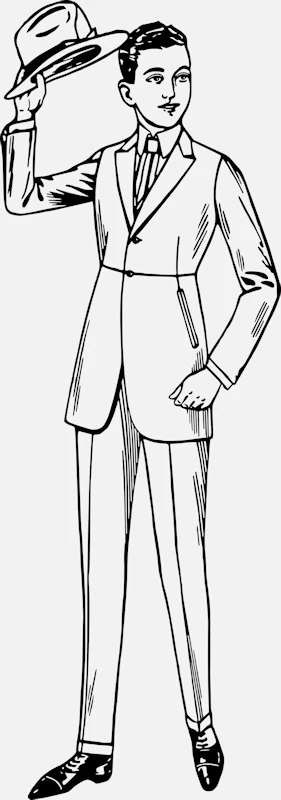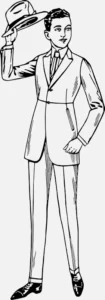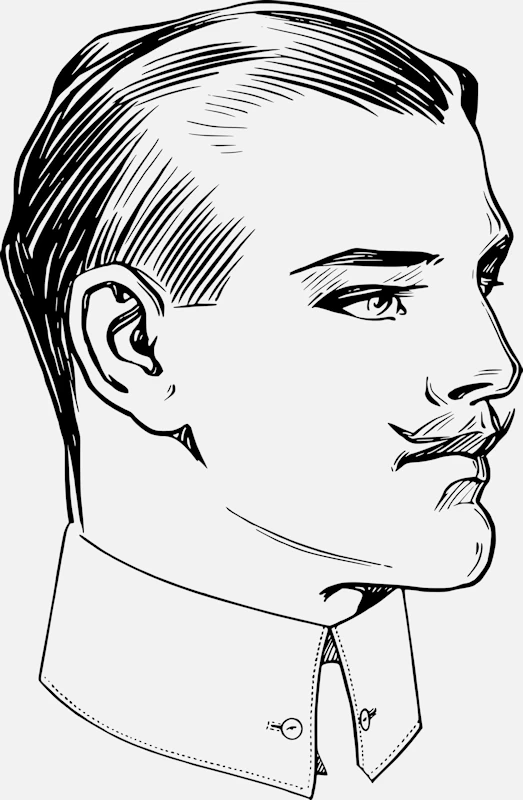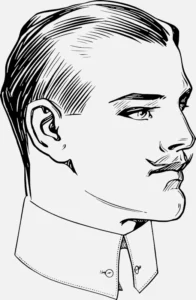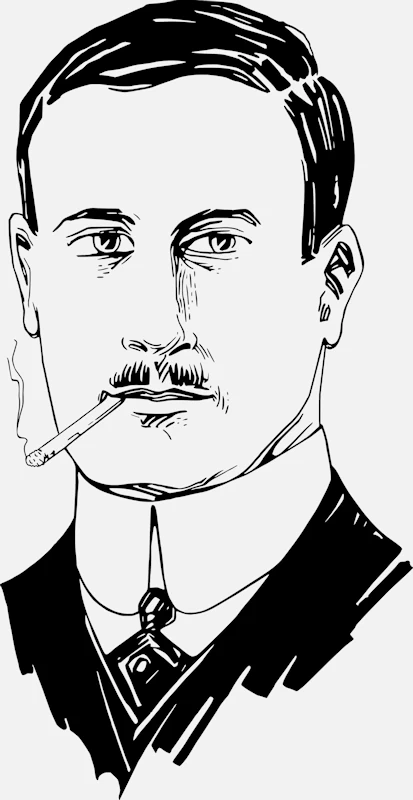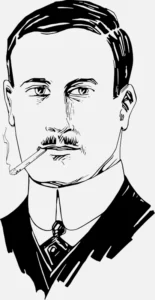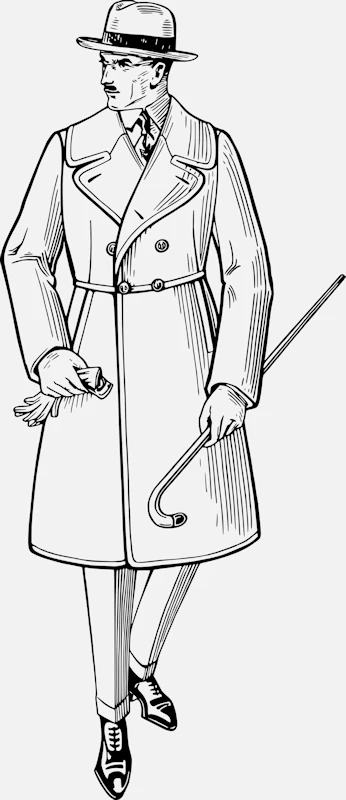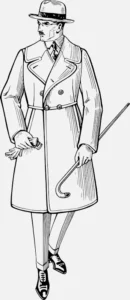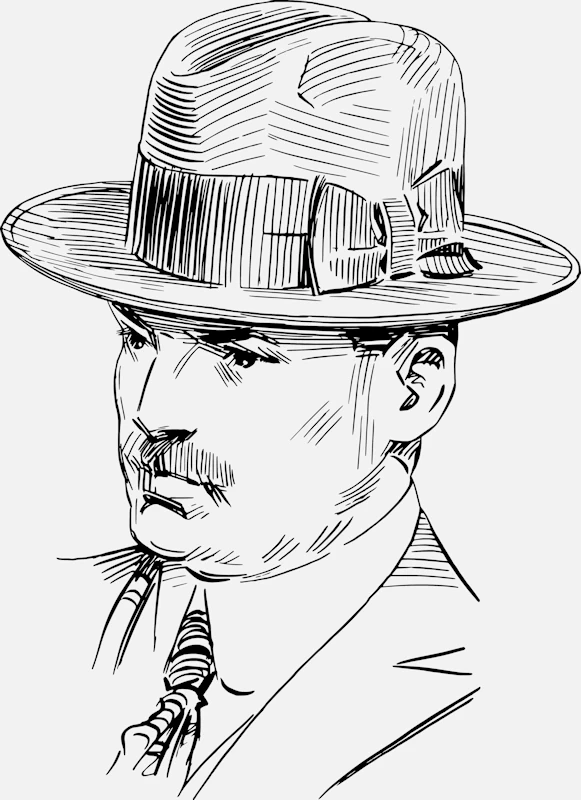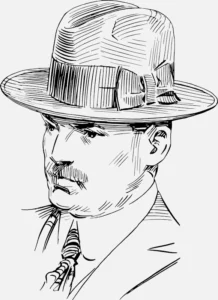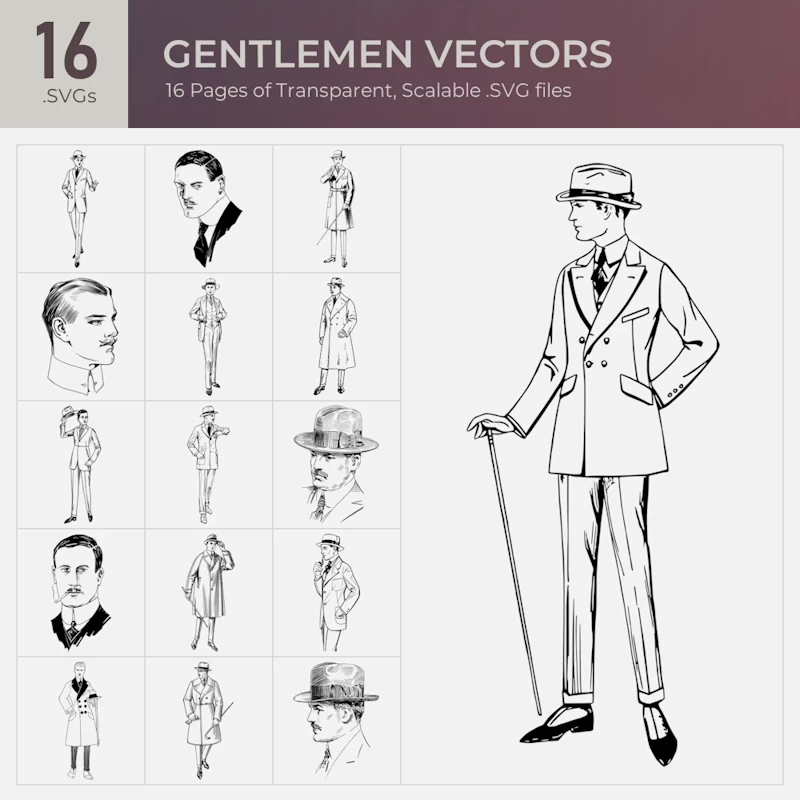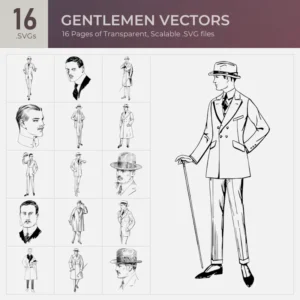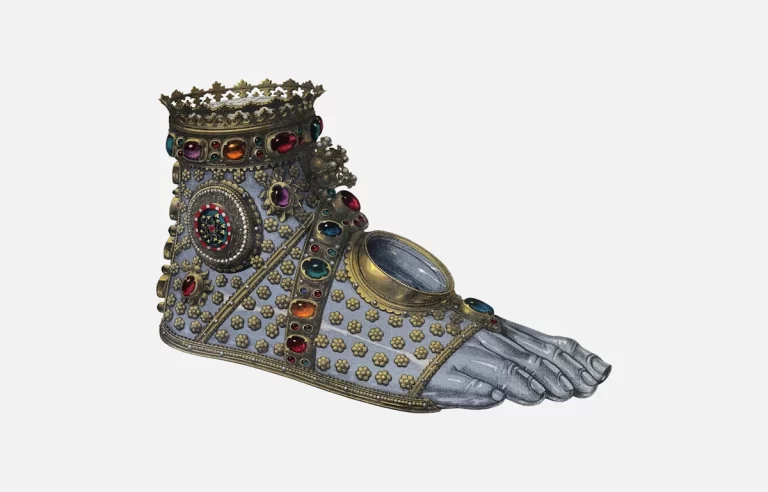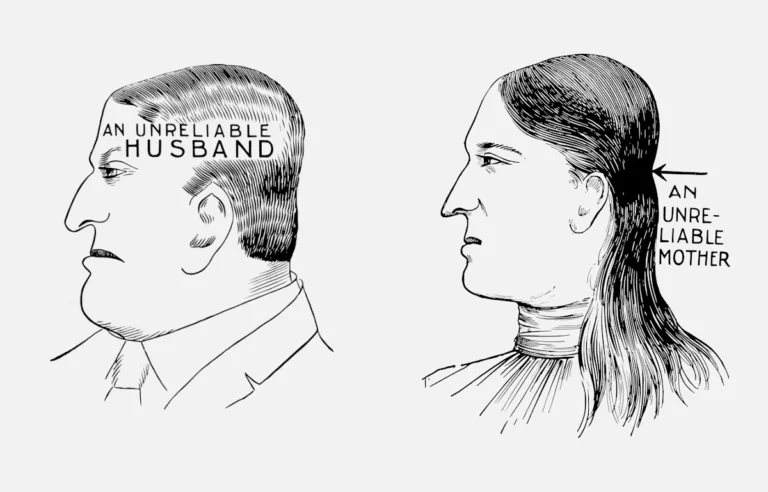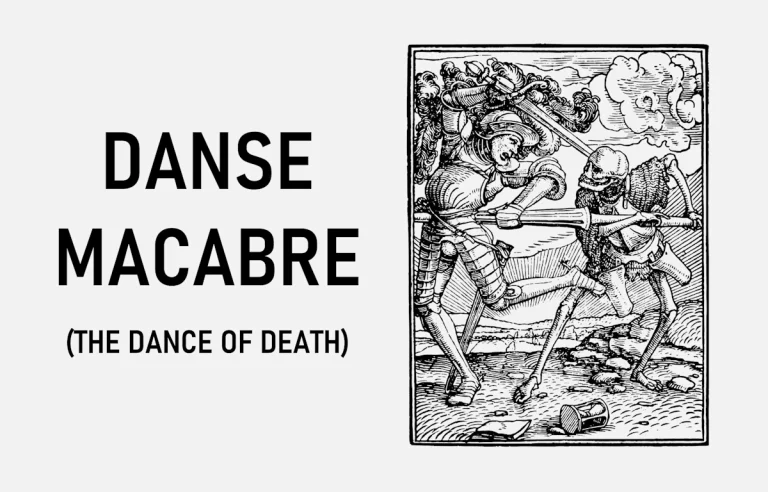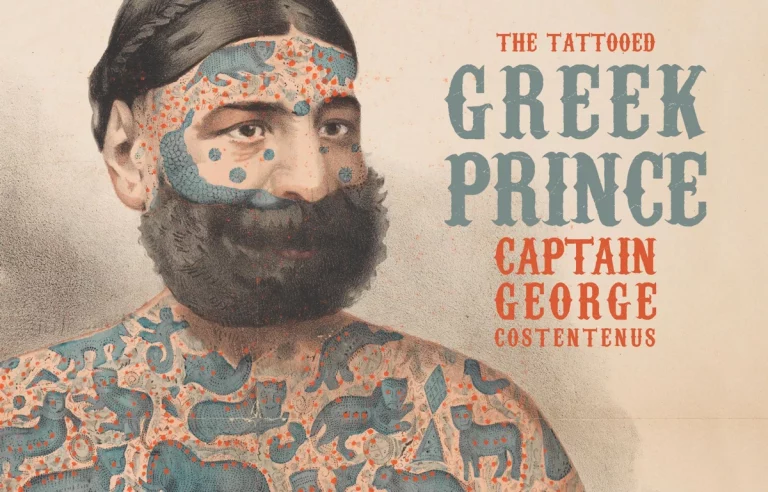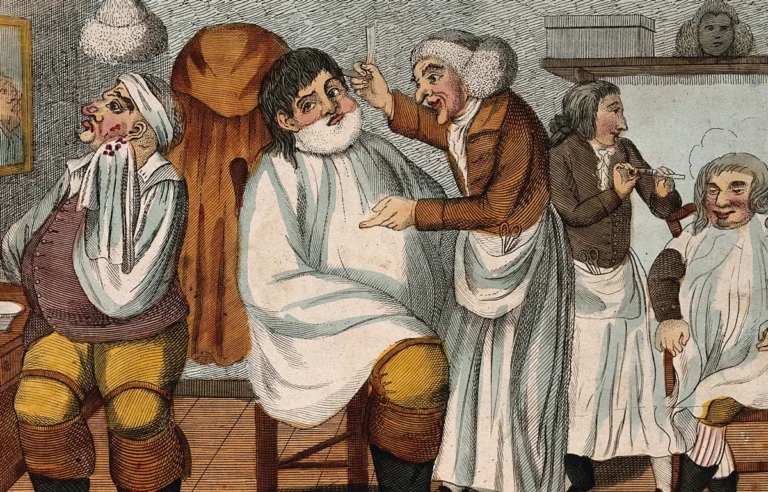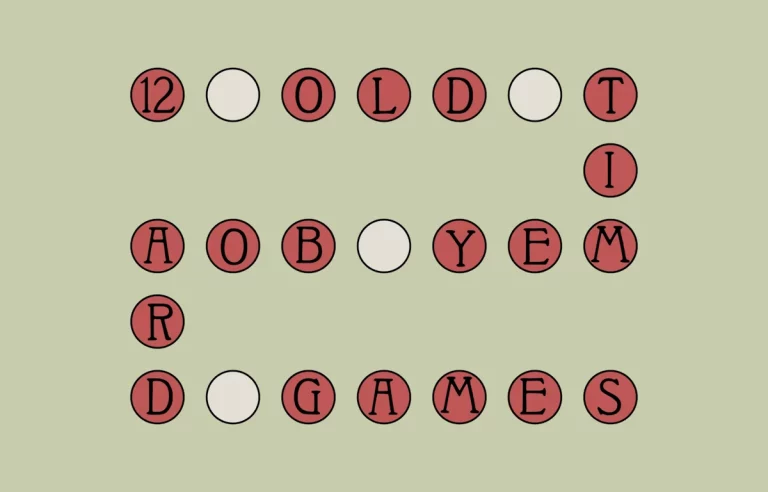A Gentleman's Guide to 1910's Fashion
So, you’ve watched Titanic, Peaky Blinders, or Downton Abbey, and you’ve seen how dapper men looked back in the day, right? Well, those shows give a decent glimpse of 1910s men’s fashion, but let’s be real—there’s more to it than what the actors are strutting around in. If you want to truly dive into the world of early 20th-century gentlemen’s style, let’s go beyond the TV screen. We’ll crack open some actual fashion gems from Men’s Wear of Canada and Men’s Wear Review (1918 editions, no less), and believe me, even though these were Canadian publications, the U.S. wasn’t far behind. The styles were practically twins.
So, gentlemen, grab your walking stick and let’s explore what the best-dressed gents of the 1910s were all about.
1910s Fashion: A Dash of Elegance and a Sprinkle of Change
The 1910s were all about looking sharp but also starting to embrace some practicality. At the beginning of the decade, men’s fashion still clung to the old Edwardian influence—everything was tailored, polished, and formal. Fancy suits? Oh, absolutely. Stiff collars? You bet. But by the time World War I rolled in, men’s clothing started to loosen up, both literally and figuratively. Suddenly, looking stylish and being able to move around at the same time was in vogue. Can you imagine?
The war wasn’t just a game-changer on the battlefield; it flipped the script on men’s fashion too. Styles became more relaxed, and the clothes? A little more sensible. That doesn’t mean they ditched elegance, though—oh no, they just learned how to mix in a bit of comfort. Think of it like adding a splash of milk to your strong black coffee.
The move towards practicality didn’t just happen overnight. The early 1910s still saw men attending formal dinners and social events decked out in their finest Edwardian wear. Tailored waistcoats, shiny shoes, and silk cravats were the order of the day. But, as the decade progressed, those fancy events became fewer, especially with the social upheaval caused by the war. Fewer events meant fewer reasons to look so over-the-top.
Suits and Formal Wear: Structured Style with a Twist
Early in the decade, the suit game was strong—structured, serious, and, let’s face it, a little stiff. Jackets hit mid-thigh and hugged the body, with sharp, narrow lapels adding that extra touch of formality. The three-piece suit (jacket, trousers, and vest) was non-negotiable, and these bad boys were crafted from wool or tweed. Why? Because staying warm and looking good were both top priorities. You weren’t just dressing for style; you were dressing to survive the elements.
Dark colors like navy, grey, and black were all the rage, with the occasional pinstripe or check pattern for those who wanted to shake things up. Trousers sat high on the waist—none of that sagging business—and were creased as sharply as a reprimanding schoolteacher’s voice. Suspenders (or braces, as they liked to call them) were still in full swing. Belts? Not just yet, my friend.
As the war edged closer, the structured look gave way to the sack suit—looser, less formal, but still fashionable. It’s as if men realized they could be practical and stylish at the same time. What a revelation!
Sack suits were initially considered a bit rebellious. Traditionalists saw them as sloppy, but younger men embraced them because they offered more freedom of movement. Imagine trying to run to catch a streetcar in a tailored Edwardian suit—no thank you!
Shirts and Collars: When Starch Was King
Let’s talk shirts. Underneath those fancy suits, men wore crisp dress shirts with detachable collars. Yes, you heard that right. Collars were like the accessories of the shirt world—you could swap them out without having to do a full laundry load. These collars were starched stiff, meaning they could probably double as frisbees if needed.
Wingtip collars, club collars (rounded ones), and pointed collars were the most popular. And while most shirts were white or light-colored to keep things formal, by the end of the 1910s, we started seeing a shift. The soft, attached-collar shirt made its grand debut, bringing a little more comfort and flexibility into the mix. Fancy events still called for those starched collars, but for more laid-back moments, the soft collar ruled the day.
The soft collar shirt was revolutionary in its own right. It signaled a shift toward the less formal, which in turn mirrored the societal changes brought about by the war. Men were working longer hours in more diverse industries, and that stiff collar just wasn’t cutting it anymore.
Ties and Bowties: Neckwear That Mattered
Neckwear in the 1910s was as varied as the gentlemen themselves. The four-in-hand tie was a fan favorite and a precursor to the modern necktie. It was simple, stylish, and came in an array of patterns—subtle stripes, polka dots, and solid colors, you name it. Men who preferred a little more flair for evening events rocked bowties. These were the go-to for formal gatherings where looking snazzy was non-negotiable.
And let’s not forget the cravats and ascots. These luxurious pieces of fabric (often silk) added a whole other level of sophistication. Wearing one was like walking around with a sign that said, “Yes, I have impeccable taste, thank you very much.”
Ascots and cravats weren’t just for looks—they were also seen as a status symbol. If you were sporting one, you were likely rubbing elbows with the higher-ups of society.
Outerwear: Coats That Did More Than Keep You Warm
Outerwear in the 1910s wasn’t just functional; it was fashionable. The Chesterfield coat, with its velvet collar and snug fit, was the ultimate formal choice. Heading to a high-society event? You’d better have one of these in your closet. For casual wear, trench coats, originally designed for soldiers, were making their way into everyday wardrobes.
Another popular option was the Ulster, a heavy-duty coat with a cape-like attachment. It was perfect for chilly weather and gave men a way to stay warm while still looking sharp. As practicality became more important, coats like these started to become a must-have in every man’s closet.
Trench coats weren’t just a fashion trend. They were part of a movement toward more practical, everyday fashion. Soldiers returning from the war continued to wear their trench coats, and soon enough, civilians were copying the look. It was one of the first times military clothing crossed over into mainstream fashion.
Accessories: The Devil’s in the Details
Walking sticks were the ultimate 1910s accessory. They added a touch of elegance while also serving a practical purpose—supporting a gentleman as he walked through the park or, perhaps, strolled to a speakeasy. Fun fact: Once Prohibition hit, some clever gents hollowed out their walking sticks to stash alcohol. It was sneaky, stylish, and utterly brilliant.
The pocket watch was another essential item. Wristwatches were around but were considered too feminine for men until World War I. Soldiers started wearing them because they were easier to use in battle, and by the war’s end, wristwatches had gone mainstream for men.
Gloves were another staple accessory, not just for warmth but also for style. Leather gloves, especially during formal events, added an air of refinement. No proper gentleman would dare step outside without them.
Footwear: The Foundation of Fashion
When it came to shoes, leather ruled. The Oxford shoe was the go-to for formal occasions. Sleek and sophisticated, Oxfords featured a closed lacing system, giving them a polished look. For everyday wear, brogues were a popular choice. Their decorative perforations made them stylish without sacrificing durability. And let’s not forget the high boots, which were both fashionable and practical for the outdoors.
Toward the end of the decade, rubber soles became a thing, making shoes not just stylish but also comfortable. Talk about a game-changer for the well-dressed man on the go!
The introduction of rubber soles wasn’t just a comfort upgrade—it was a sign that fashion was beginning to prioritize function. Men didn’t just want to look good; they wanted to feel good too.
Hats: Top Off the Look
In the 1910s, no outfit was complete without a hat. Men had a variety of options, from the bowler hat for everyday wear to the fedora, which became a popular choice by the end of the decade. Summer called for the straw boater, while the Homburg, with its curled brim, was a favorite for more formal events.
A good hat wasn’t just about style; it also said a lot about a man’s social status. The better the hat, the more successful and stylish the man.
The fedora became particularly popular in the later 1910s, setting the stage for the roaring ’20s. It was seen as the perfect combination of casual and formal, bridging the gap between the two worlds.
The World War I Effect: Practicality Takes Over
World War I changed everything, and fashion wasn’t immune. The need for practical, durable clothing during the war led to a shift in men’s fashion. Formal styles loosened up, and practicality became the new norm. As soldiers returned home, they brought with them a more relaxed approach to dressing. Military influences, like trench coats and wristwatches, became everyday staples. The need for comfort and utility took precedence over strict formality.
Gone were the stiff collars and overly structured suits of the early 1910s. By the end of the decade, men’s clothing was less restrictive, with looser fits and simpler designs. Wool and cotton became more common than silk and velvet, reflecting a new era where practicality was just as important as looking sharp.
The shift toward practicality was also driven by changes in social life. The war left people with fewer opportunities for formal gatherings, so everyday wear became more prominent. Suits were still standard, but they were less fussy, more relaxed, and easier to wear.
Conclusion: 1910s Men’s Fashion—A Blend of Elegance and Evolution
The 1910s marked a pivotal moment in men’s fashion. It was a decade where old-world formality met new-world practicality. At the start, it was all about structure, elegance, and a polished look. But as the decade progressed, comfort began to creep in, reflecting the social and cultural shifts brought about by World War I.
By the end of the 1910s, men were embracing a more relaxed, functional style without sacrificing the sharpness that defined a well-dressed gentleman. The 1910s laid the groundwork for the roaring ’20s and beyond, where fashion would continue to evolve in response to the changing world.
So, if you’re ever channeling your inner 1910s gentleman, remember: A little structure, a dash of practicality, and always, always a stylish hat.


